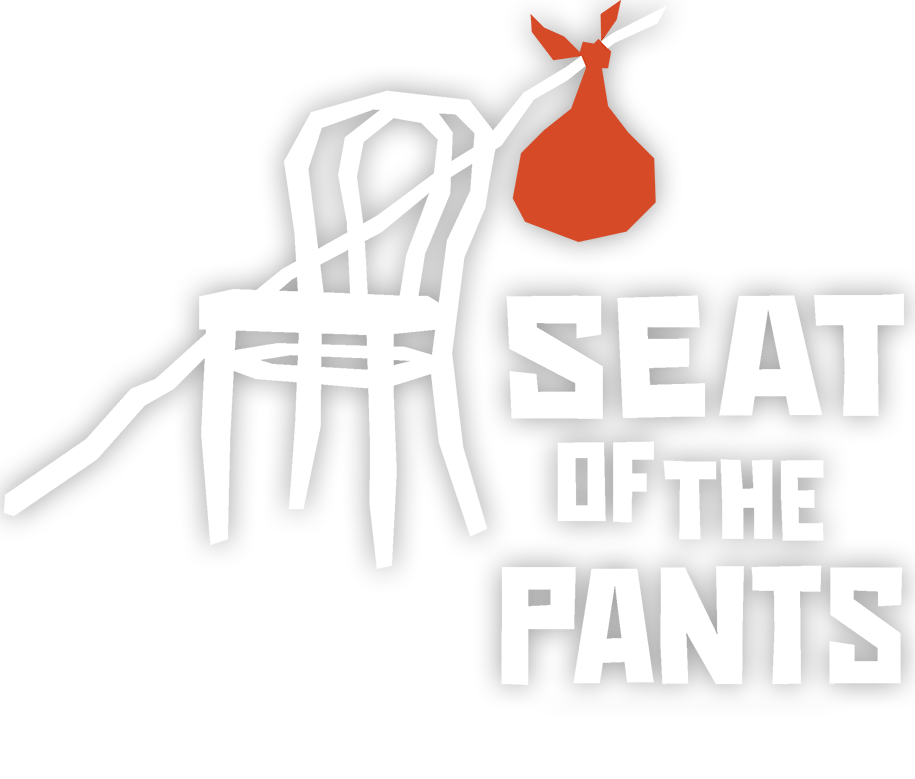FROM FAWN TO FIERCENESS: LANA SUGARMAN
One of the characters I play in Our Country’s Good is Mary Brenham, a convict who historically was arrested for stealing clothing from her employers. (In my mind, she has a soft spot for silk.) On first read of the play there was a timidity to Mary. In the stage directions she ‘shrinks away’ multiple times and her belief in love can come off as naïve. Dabby and her husband sell Mary to a sailor on the journey from England to the penal colony in Australia.
One of my favourite facts/(mysteries?) about Mary is her tattoo: ‘A.H. I love thee to the heart’ on her upper inner thigh. She exclaims that whoever and whatever A. H. was, was indeed love.
In our explorations of Chekhov tools, Mary’s journey has begun in a contracted, held place, and with time, rehearsal, and opportunity she opens and expands. From thinking-centered survival to feeling-centered connection with Ralph, to a will-centered empowerment that comes with status change, sensuality, and a taste of artistic expression. Working with the exercise stick, ball, veil, it was potent to explore being a veil or feeling-centered person, all heart, who is forced to contain or repress that aspect of themselves to exist in a stick or thinking-centered world where strategy and clear thinking is essential to stay alive.
I have been thinking a lot about what it takes to survive as a woman during this time and in these circumstances. Many of us are familiar with the ‘fight or flight’ response, but modern psychology has named two other coping strategies when navigating trauma: freeze and fawn. Those that ‘fawn’ look to others for how to feel, are uncomfortable when asked to share an opinion, appease the angry person when conflict arises, and direct guilt towards themselves. While Dabby and Liz have clear moments of fight in early scenes, when we first see Mary, she is operating in fawn mode- submitting to Dabby and the men that control much of her fate and comfort. As the story unfolds, I believe Mary shifts out of this and looks to herself for answers and future choices. If much of what we witness of Mary is a trauma response, who is she at her core? Is there grit, bravado, pleasure, cruelty, joy? This is what I hope to discover over the next two months!

